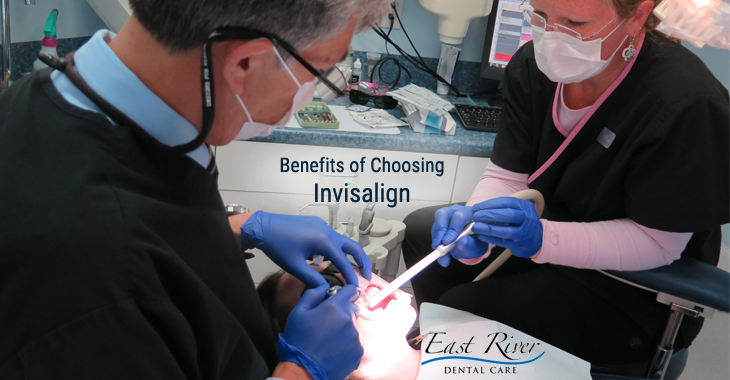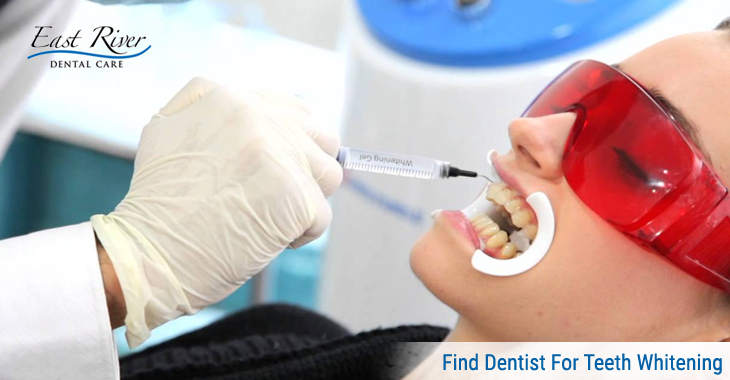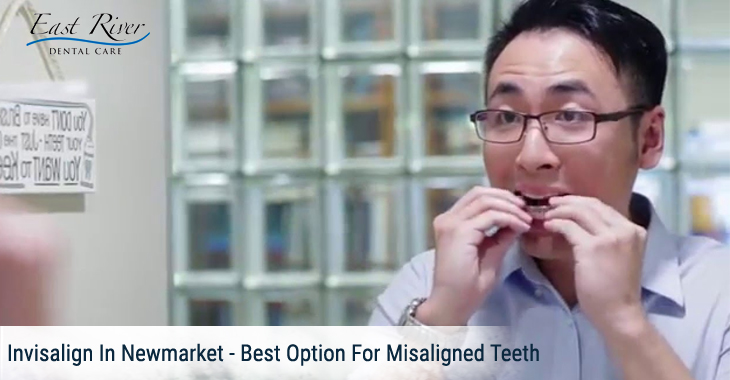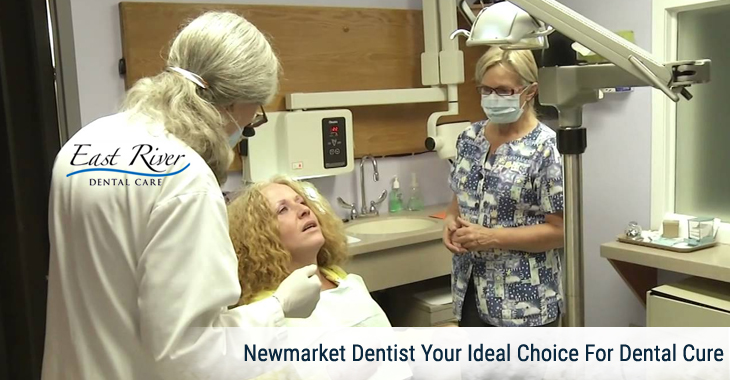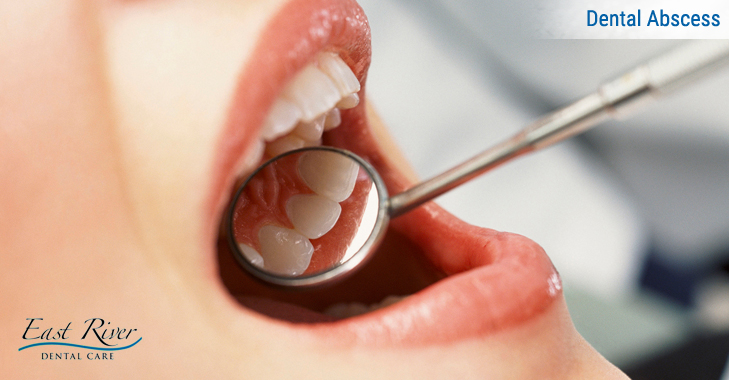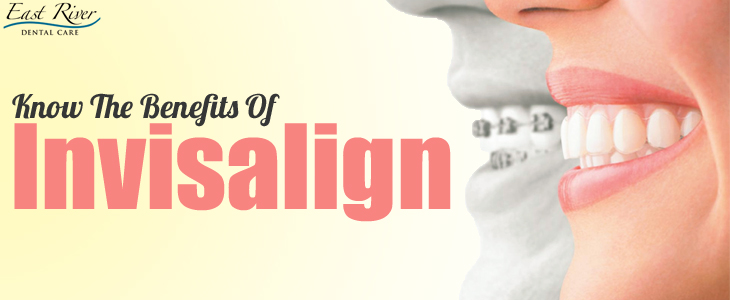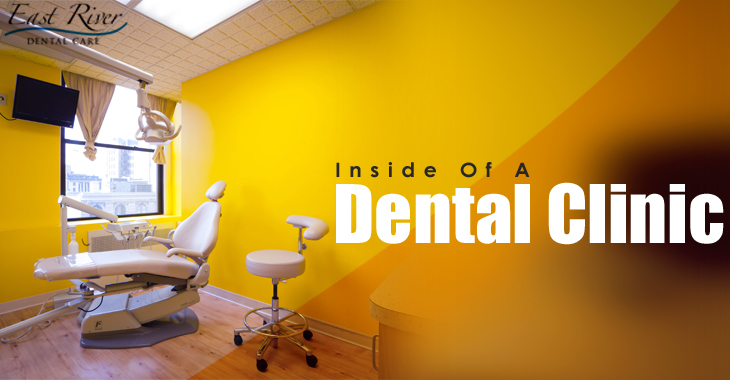If you’ve ever cracked a tooth, you know how painful an experience it can be. But pain is just part of the problem that comes with a broken tooth. Without proper treatment, even a tiny crack can cause decay-causing bacteria to enter the tooth, substantially increasing your risks of cavities, tooth breakage and, eventually, even tooth loss.
Cracked teeth are surprisingly common, and there are lots of factors that can contribute to crack formation. The five most common causes of broken teeth include:
- Biting or chewing on hard objects, including ice, hard candy, and other hard foods
- Using teeth as tools to pry open lids or other objects
- Grinding and clenching habits that place continual or chronic stress and strain on teeth, eventually causing them to weaken and crack
- Traumatic injury, including sports injuries and injuries from car accidents and falls
- Untreated decay and deferred preventive care that allows the tooth structure to decline over time
Deferred preventive care includes the millions of people who put off routine dental cleaning appointments and other preventive care options that could help their teeth stay healthy.
Cracked Tooth Repair Options
Many years ago, when a tooth was broken, there was only one option: have it pulled and replaced with a denture. But today, several cosmetic dental surgery and repair options can be considered depending on the cause and severity of the crack, its size and depth, and the extent of the underlying damage.
Crowns
Crowns are like protective “jackets” designed to surround your entire tooth, right down to the gum line. They are an excellent solution for more severe cracks that have weakened the tooth’s structure. Made of durable material, crowns can be tinted to match your neighboring teeth so they look completely natural, and are typically applied across two visits to your dentist. During your first visit, the broken tooth is prepared to receive the crown. Any damaged areas will be repaired and the dentist will remove a small portion of the tooth’s surface material to make room for the thickness of the crown. Next, the dentist will create an impression of the tooth to serve as a mold for the crown. You’ll then receive a temporary crown that protects your tooth while the permanent crown is made. At the second visit, your temporary crown is removed and the permanent crown is placed on your tooth, and carefully adjusted for a perfect fit.
Veneers
Veneers are a popular alternative for correcting the appearance of smaller cracks and other defects that detract from your smile. Just like crowns, veneers can be tinted to match the colour of your other teeth. They’re applied over two visits, but unlike crowns, veneers are applied to only the front surface of the tooth. At your first office visit, the dentist prepares the tooth by removing a small amount of tooth material, then an impression is made, and a temporary veneer is applied to protect the tooth. During the second visit, the dentist will apply the veneer using a robust dental adhesive.
Bonding
Cosmetic bonding is being used to address small cracks that don’t impact the integrity of the tooth’s structure. The bonding material is made from a resin or plastic, and like a crown, the bonding is tinted to match the colour of your other teeth. A bond can be applied in a single visit. Your tooth will be carefully cleaned, and the dentist will use a special etching fluid that helps the bonding material adhere to the broken tooth. The dentist will expertly apply the bonding material in layers, shaping it to match the natural contours of your tooth. Many patients like bonding because it can be completed in one visit and it’s less costly than a veneer. However, the resin material is not as durable as a veneer and can also become discoloured over time.
Root Canal
When deep decay causes a crack, you may need a root canal to treat it. A root canal uses special techniques to access the deep, central portion of the tooth (the pulp) to remove decayed areas of the tooth. Once the damaged part of the tooth is removed, it will need to be surrounded by a crown to add stability and hide any subsequent discoloration of the tooth. Root canals are performed in a single visit, but you’ll need to come back for a second visit so your dentist can place the permanent crown. A root canal can help avoid tooth extraction in many cases.
Dental Implants
If your tooth is so severely damaged that a root canal can’t save it, it will need to be extracted. Not a pleasant thought, but fortunately, it can be replaced with a dental implant that’s designed to look and “work” just like a natural tooth. Because implants are attached to your jaw bone, they can help prevent bone atrophy that can occur after a natural tooth is removed. Implants usually require three office visits – one to place the post in your jaw bone, one to prepare the area for the implant, and a third to attach the implant to the post.
Don’t Put Off Care
Being nervous about visiting the dentist – especially when you have a toothache – is very common. But the good news is that there are plenty of options to help you stay relaxed and comfortable throughout your visit. East River Dental is committed to providing our patients with the care they need to feel confident about their care – and their comfort level – every step of the way. If you’ve cracked a tooth or have another issue that requires immediate attention, we’re ready and able to help you get the care you need.
Call East River Dental at 905-895-8031 to schedule an appointment today.



